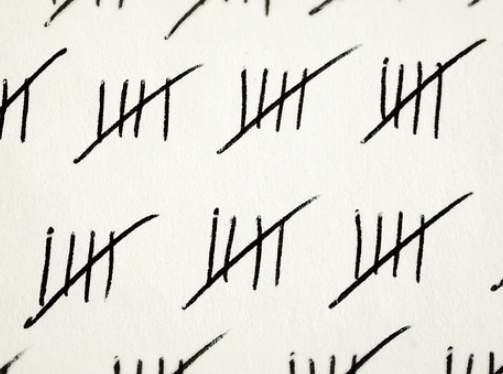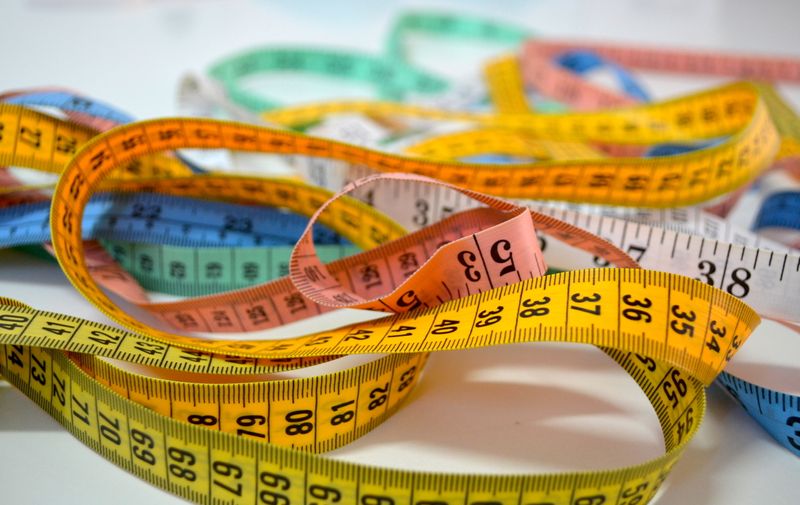
Different types of data perform distinct functions and can be used in a variety of ways.
Two types are discrete and continuous data.
Discrete Data
Discrete data is data which can be counted. On a graph, Discrete data would be represented with separate points that do not connect.
Examples of Discrete data include the number of:
Dogs together at a park
People standing together at a bus stop
Family members at the dinner table

Continuous Data
Continuous data is data which can be measured. It represents values that fall on a continuum. One of the distinguishing features of Continuous data is that it can be divided.
On a graph, continuous data would be represented with a connected line.
Examples include:
Time
Height
Weight

Quiz
The temperature forecast in Toronto for the next 7 days is an example of what type of data?
Take Action
Now that you learned the difference between discrete and continuous data, you can start to observe the world through this lens.
In the picture below, what observation could you make about discrete data? How about continuous?

Your feedback matters to us.
This Byte helped me better understand the topic.
